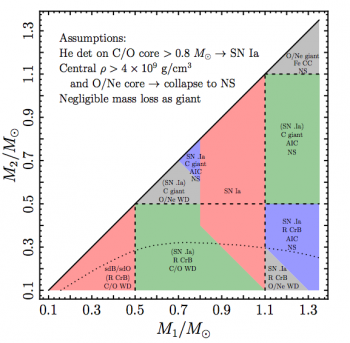 Interacting double white dwarf binaries can give rise to a wide variety of astrophysical outcomes ranging from faint thermonuclear and Type Ia supernovae to the formation of neutron stars and stably accreting AM Canum Venaticorum systems. One key factor affecting the final outcome is whether mass transfer remains dynamically stable or instead diverges, leading to the tidal disruption of the donor and the merger of the binary. It is typically thought that for low ratios of the donor mass to the accretor mass, mass transfer remains stable, especially if accretion occurs via a disk. In this Letter, we examine disk-accreting binaries with extremely low mass ratios and find that the initial phase of hydrogen-rich mass transfer leads to a classical nova-like outburst on the accretor. Dynamical friction within the expanding nova shell shrinks the orbit and causes the mass transfer rate to increase dramatically above the accretor's Eddington limit, resulting in a binary merger. While further calculations are necessary to confirm this outcome for the entire range of binaries previously thought to be dynamically stable, it appears likely that most, if not all, interacting double white dwarf binaries will merge during the course of their evolution.
Interacting double white dwarf binaries can give rise to a wide variety of astrophysical outcomes ranging from faint thermonuclear and Type Ia supernovae to the formation of neutron stars and stably accreting AM Canum Venaticorum systems. One key factor affecting the final outcome is whether mass transfer remains dynamically stable or instead diverges, leading to the tidal disruption of the donor and the merger of the binary. It is typically thought that for low ratios of the donor mass to the accretor mass, mass transfer remains stable, especially if accretion occurs via a disk. In this Letter, we examine disk-accreting binaries with extremely low mass ratios and find that the initial phase of hydrogen-rich mass transfer leads to a classical nova-like outburst on the accretor. Dynamical friction within the expanding nova shell shrinks the orbit and causes the mass transfer rate to increase dramatically above the accretor's Eddington limit, resulting in a binary merger. While further calculations are necessary to confirm this outcome for the entire range of binaries previously thought to be dynamically stable, it appears likely that most, if not all, interacting double white dwarf binaries will merge during the course of their evolution.
Author: Ken J. Shen

